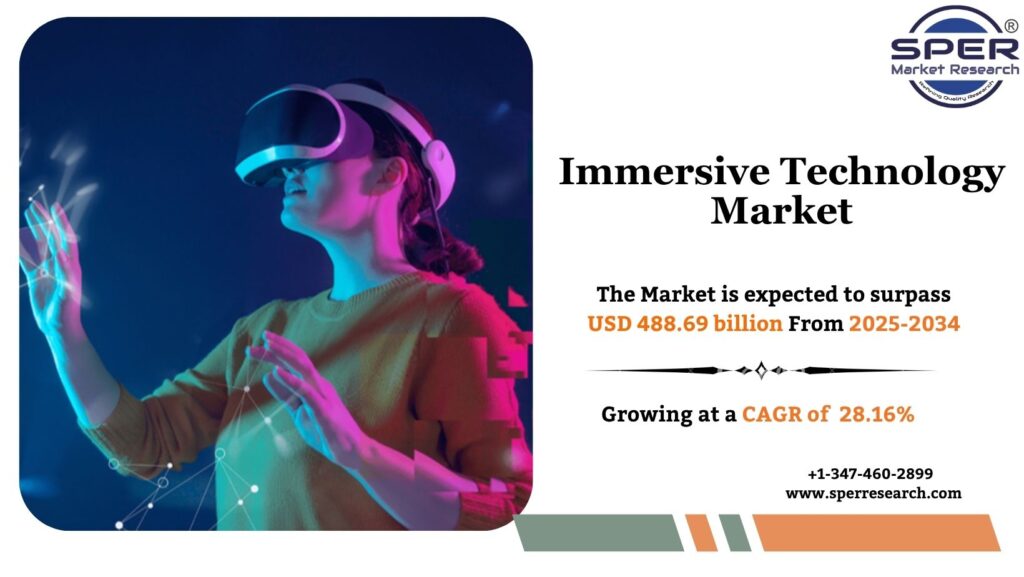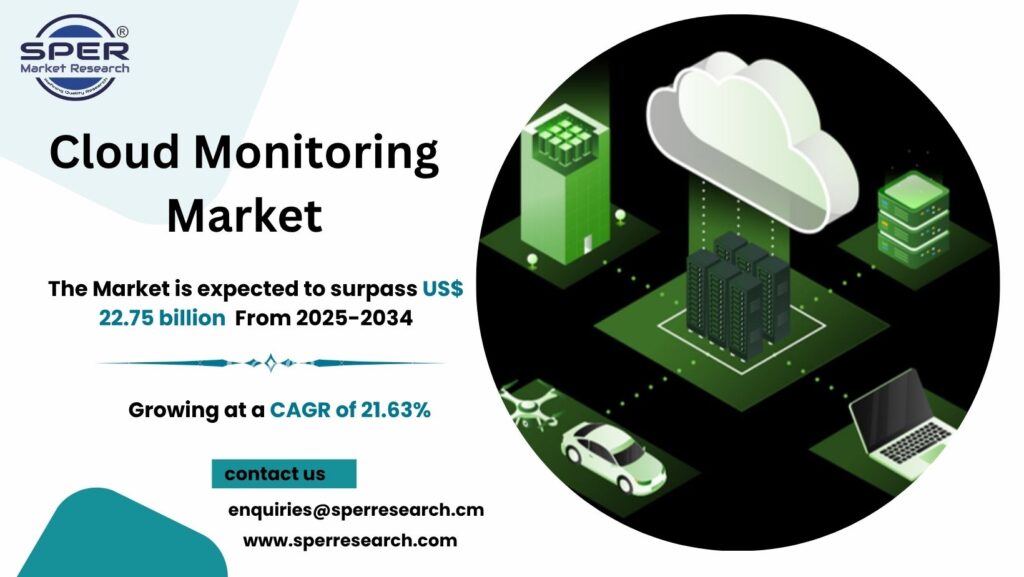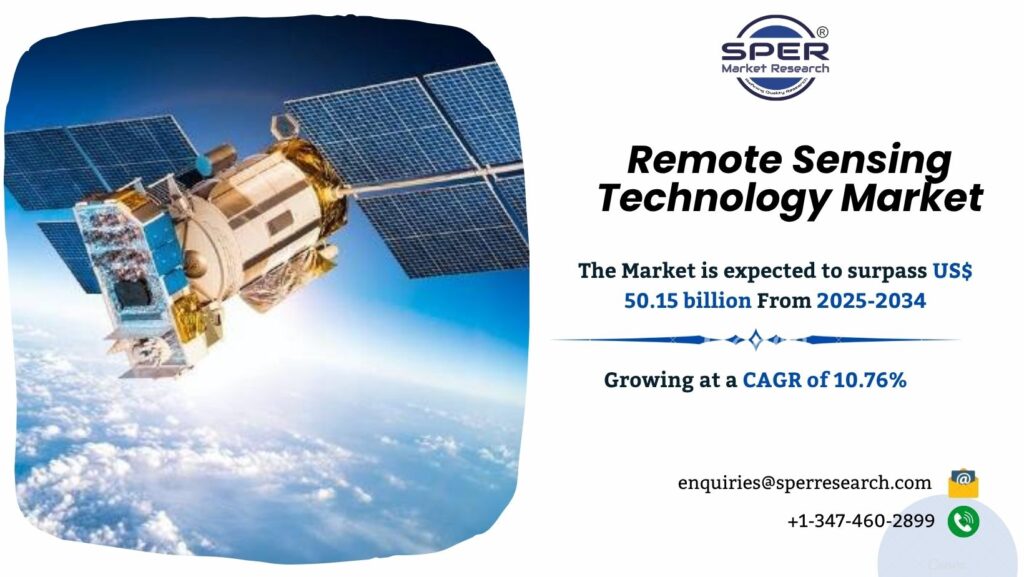Immersive technology refers to innovations such as Virtual Reality (VR), Augmented Reality (AR), Mixed Reality (MR), and Extended Reality (XR) that blend the physical and digital worlds to create engaging and lifelike experiences. These technologies create interactive, lifelike digital experiences, transforming sectors such as gaming, entertainment, education, healthcare, retail, automotive, and manufacturing. Businesses leverage immersive solutions for training, design visualization, remote collaboration, and enhanced customer engagement, while consumers enjoy more interactive entertainment experiences, increasing investments in digital transformation, rising demand for interactive experiences, and the integration of immersive technology in business processes are driving market expansion globally, making it a key focus area for both enterprises and technology developers.
According to SPER market research `Global Immersive Technology Market Growth, Size, Trends Analysis- By Component, By Technology, By Application, By Industry – Regional Outlook, Competitive Strategies and Segment Forecast to 2034: state that the Global Immersive Technology market reaches to USD 488.69 billion by 2034 with a CAGR of 28.16%.
Drivers:
The growth of the global Immersive Technology Market is driven by rapid advancements in Virtual Reality (VR) and Augmented Reality (AR), enabling realistic and engaging experiences. Rising demand in gaming, entertainment, education, and training fuels adoption, while social VR platforms enhance interactive user engagement. Increasing investments in immersive hardware like sensors and head-mounted displays, along with AI and machine learning integration in software, improve performance and usability. Additionally, the widespread use of smartphones supports mobile AR and VR applications, making immersive experiences more accessible and further boosting market expansion. Growing immersive technologies for training, learning, and skill development, particularly in sectors like healthcare, aviation, and emergency services, also drives demand by providing safe, interactive, and highly effective simulation environments.
Request a Free Sample Report: https://www.sperresearch.com/report-store/immersive-technology-market?sample=1
Restraints:
Immersive Technologies Often Face Technical Limitations Related to Hardware Capabilities, Software Compatibility, And Content Development. The high hardware costs for VR headsets, sensors, and specialized devices, which can limit adoption among price-sensitive users. Complex software development and the need for skilled personnel to design and manage immersive applications pose additional challenges. Compatibility issues across different devices and platforms, along with limited content availability for certain industries, can hinder widespread use. Privacy and security concerns related to data collected during immersive experiences also act as barriers. Moreover, motion sickness or discomfort experienced by some users may reduce prolonged engagement, affecting overall market growth. The North America immersive technology market held the largest revenue share in 2023. This region includes advanced economies such as the United States, which leads demand due to rapid advancements in hardware and software capabilities and strong adoption across industries. High consumer spending power and early adoption of AR, VR, and MR solutions further strengthen the market. Some of the key market players operating in the region are Meta Platforms, Microsoft Corporation, Google LLC, Sony Corporation, and HTC Corporation, among others.
For More Information, refer to below link: –
Immersive Technology Market Share
Related Reports:
Cloud Monitoring Market Growth
Follow Us –
LinkedIn | Instagram | Facebook | Twitter
Contact Us:
Sara Lopes, Business Consultant — USA
SPER Market Research
enquiries@sperresearch.com
+1–347–460–2899









